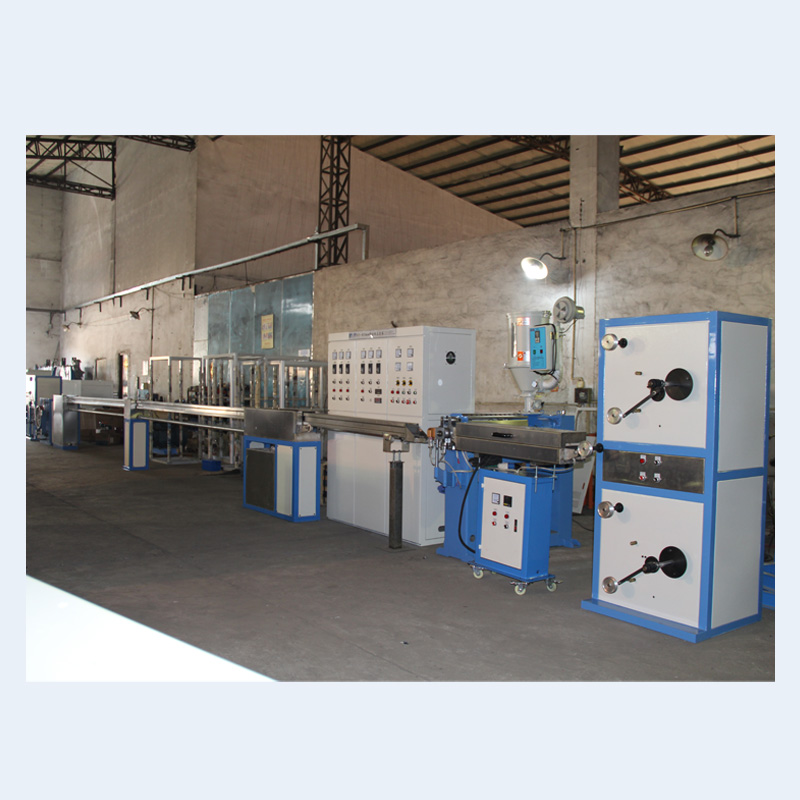An In-Depth Insight into the Extrusion Techniques and Materials

Extrusion is a widely employed technique in the cable manufacturing industry. In this article, we will provide a detailed explanation of the PVC cable extrusion process, including its intricacies, materials used, and key steps involved.
1. Introduction to PVC Cable Extrusion
PVC cable extrusion is the process of manufacturing cables by continuously forcing the molten PVC material through a die to obtain the desired cable shape and dimensions. This process allows for the efficient production of cables with various insulation and sheathing requirements for different applications. The extrusion process ensures consistency and precision in cable manufacturing.
2. Materials Used in PVC Cable Extrusion
The primary material used in PVC cable extrusion is Polyvinyl Chloride (PVC) compound. This compound is a blend of PVC resin, plasticizers, stabilizers, fillers, and other additives. The PVC resin provides the necessary electrical and mechanical properties, while plasticizers improve flexibility. Stabilizers ensure the longevity of the cable by protecting it from heat, UV radiation, and oxidation. Fillers enhance mechanical strength, and additives aid in specific functions like flame retardancy or coloration.
3. Step-by-Step Process of PVC Cable Extrusion
The PVC cable extrusion process involves several key steps:
Step 1: Material Preparation: The PVC compound is mixed with additives and heated to a precise temperature, ensuring a homogeneous mixture of materials.
Step 2: Extrusion: The prepared PVC compound is fed into an extruder, which consists of a barrel with a screw. The rotating screw transports the compound towards the die by applying pressure and heat, resulting in its melting and becoming molten PVC.
Step 3: Die Design: The die determines the final shape, dimensions, and cross-sectional area of the cable. It is crucial in achieving the desired cable configuration and uniformity.
Step 4: Cooling and Sizing: After passing through the die, the extruded PVC cable is cooled using a water bath or air cooling technique. This process solidifies the molten PVC and ensures dimensional stability.
Step 5: Sheathing and Insulation: In some cases, additional layers of PVC or other materials may be added for insulation or sheathing purposes. This step enhances the cable's electrical and mechanical properties, as well as its resistance to external factors.
Step 6: Final Testing and Packaging: The extruded PVC cables undergo rigorous quality control checks to ensure compliance with industry standards. Once approved, the cables are packaged and prepared for shipment to customers.
Overall, the PVC cable extrusion process enables manufacturers to produce high-quality cables with precise specifications and properties. It offers versatility in design and allows for the production of cables suitable for a wide range of applications.
Conclusion
This article has provided a comprehensive explanation of the PVC cable extrusion process, covering the materials used, key steps, and benefits. PVC cable extrusion is a vital technique in cable manufacturing, enabling the production of reliable and efficient cables that meet the diverse requirements of various industries.

